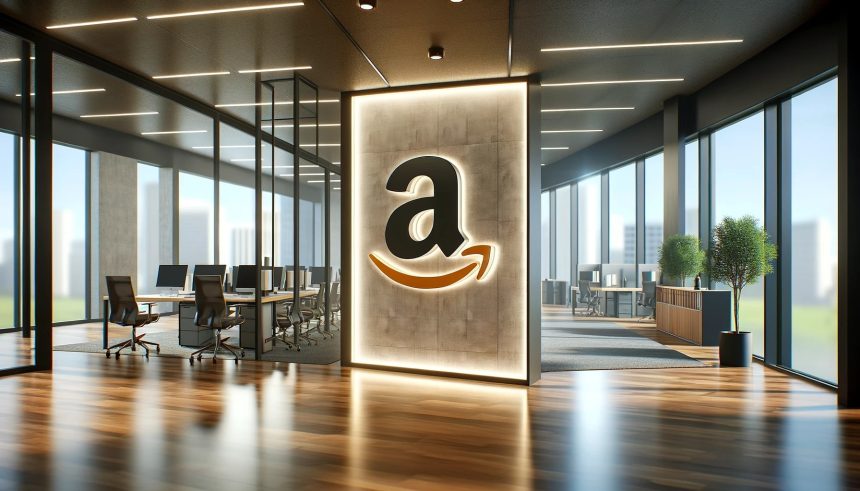Amazon is advancing its efforts to deliver perfect products to customers by leveraging AI and computer vision technologies. The initiative, named “Project P.I.,” aims to enhance product quality control and reduce wastage by identifying and addressing defects before items are dispatched. This development marks a significant stride in Amazon’s commitment to both customer satisfaction and sustainability.
Project P.I., launched by Amazon in its North American fulfillment centers, employs generative AI and computer vision to scan millions of products daily. The system detects various issues, such as damages, incorrect colors, and sizes, before the products reach customers. By analyzing the root causes of these defects, Amazon can implement preventative measures upstream, thereby enhancing the overall efficiency of its operations.
Implementation and Impact
The process begins with products passing through an imaging tunnel where Project P.I. assesses their condition. If any defects are detected, the items are set aside for further evaluation. Amazon associates then decide whether to resell these products at a discount, donate them, or find alternative uses. This technology complements manual inspections, adding an extra layer of scrutiny to ensure product quality.
Additionally, Project P.I. contributes significantly to Amazon’s sustainability goals. By preventing defective items from being shipped, the system helps reduce unwanted returns and unnecessary carbon emissions associated with additional transportation and packaging. This initiative aligns with Amazon’s broader efforts to minimize environmental impact while maintaining high standards of customer service.
Comparative Insights
Previous reports on Amazon’s quality control measures highlighted the use of manual inspections and customer feedback to identify product issues. However, these methods were often reactive, addressing defects after they had already reached customers. In contrast, Project P.I. represents a proactive approach, significantly reducing the likelihood of defective products being shipped by catching issues at the fulfillment centers.
Another notable difference is Amazon’s increased reliance on AI and computer vision. Earlier methods lacked the technological sophistication that Project P.I. offers, thus limiting their effectiveness. The new system’s ability to identify root causes of defects and facilitate preventative measures marks a considerable improvement in Amazon’s operational efficiency and customer satisfaction.
Key Takeaways
- Project P.I. scans millions of products daily for defects using AI.
- The system helps Amazon identify and address root causes of product issues.
- Project P.I. enhances sustainability by reducing unwanted returns and carbon emissions.
Amazon’s integration of AI and computer vision into its quality control processes marks a significant evolution in how the company manages product defects and customer satisfaction. The proactive nature of Project P.I. not only improves the likelihood of customers receiving undamaged and correctly sized products but also addresses broader sustainability concerns. By implementing this technology, Amazon is setting new standards in operational efficiency and environmental responsibility, thus reinforcing its leadership in the e-commerce sector. The effectiveness of Project P.I. indicates potential for future expansions and adaptations, which could further streamline Amazon’s fulfillment operations and enhance its sustainability initiatives.










